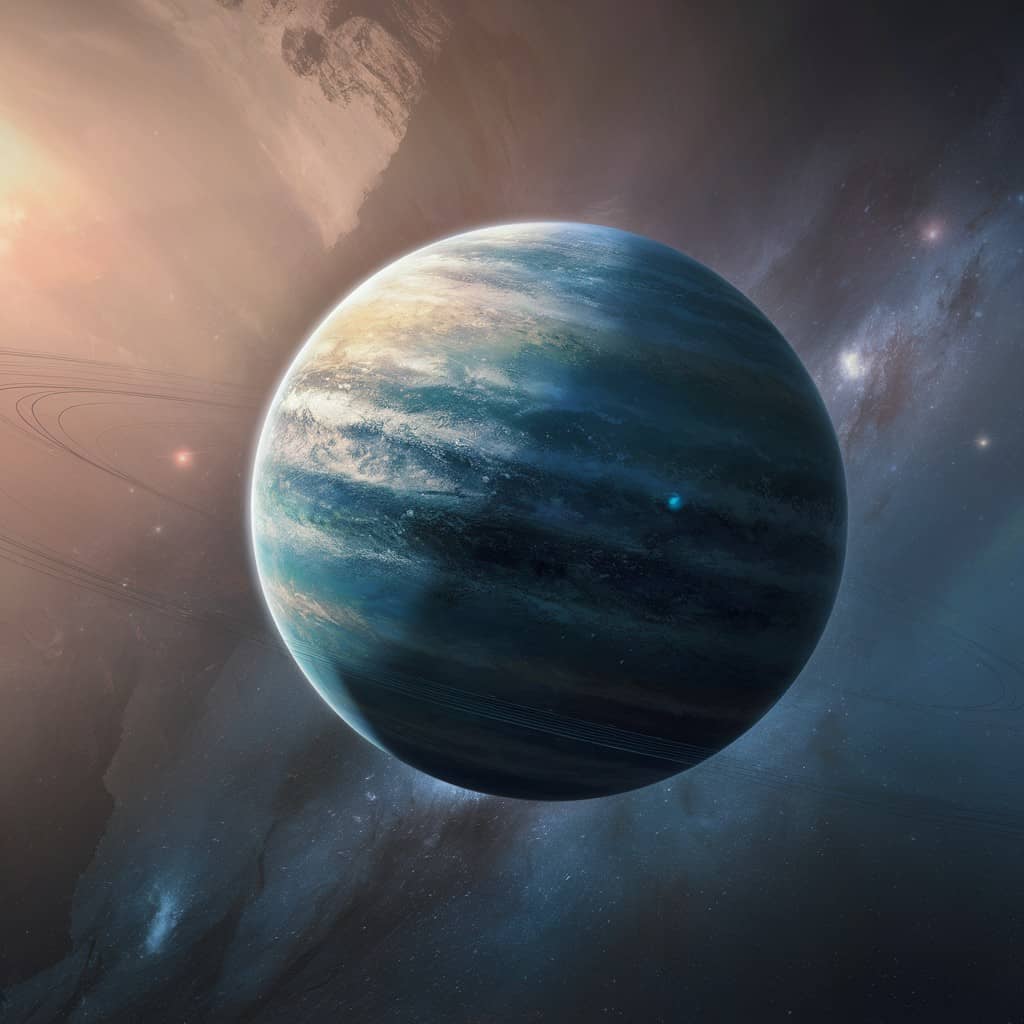
Scientists at Caltech: more clues to a ninth planet in the Solar System
The mystery of the strange orbits of trans-Neptunian objects could be solved by the existence of Planet 9, according to two new studies published by Caltech researchers.

The mystery of the strange orbits of trans-Neptunian objects could be solved by the existence of Planet 9, according to two new studies published by Caltech researchers.

A new study proposes a cosmological model in which tachyons dominate the scene, explaining both matter and dark energy.
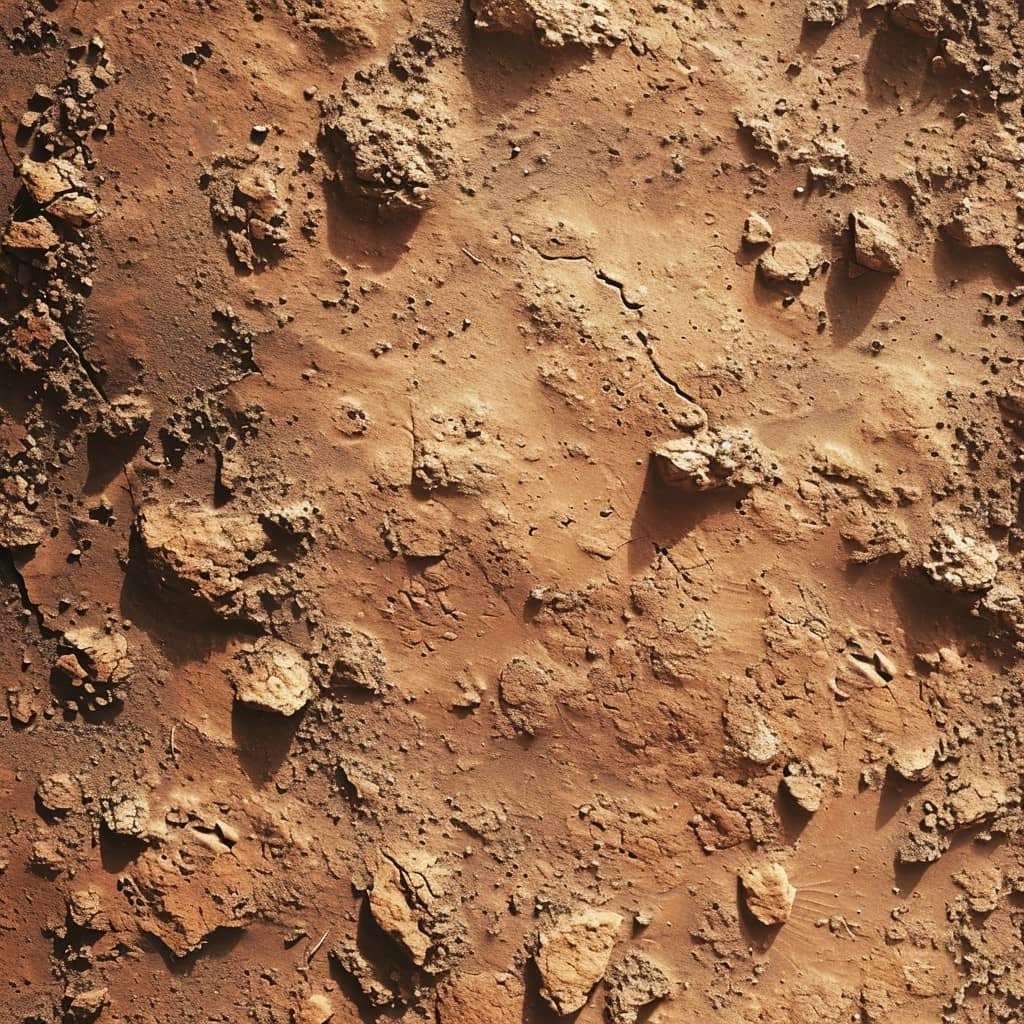
NASA prepares to announce new plan to save the Mars Sample Return mission. A change that changes the future.

NASA's toughest bacterium, discovered in cleanrooms, is now the key ingredient in a revolutionary sunscreen that offers unmatched UV protection.

Warp Factory, a “virtual wind tunnel” for evaluating different warp drive designs, is a step closer to interstellar travel.

Mourning in the world of physics: Peter Higgs, Nobel Prize winner for the theory of the "God boson", has passed away at the age of 94. A scientific legacy that will remain in history.

Dark energy, responsible for the accelerated expansion of the universe, may not be as constant as previously thought. A discovery that could overturn cosmology.

Today's solar eclipse sparks craze in North America: festivals, mass weddings and special flights to take in the celestial spectacle.

RocketStar introduced FireStar Drive, the first nuclear fusion-powered electric spacecraft thruster, successfully demonstrating the technology.

'Quantum vortex' created for the first time in an ultracold helium superfluid: mimics conditions near a black hole on Earth
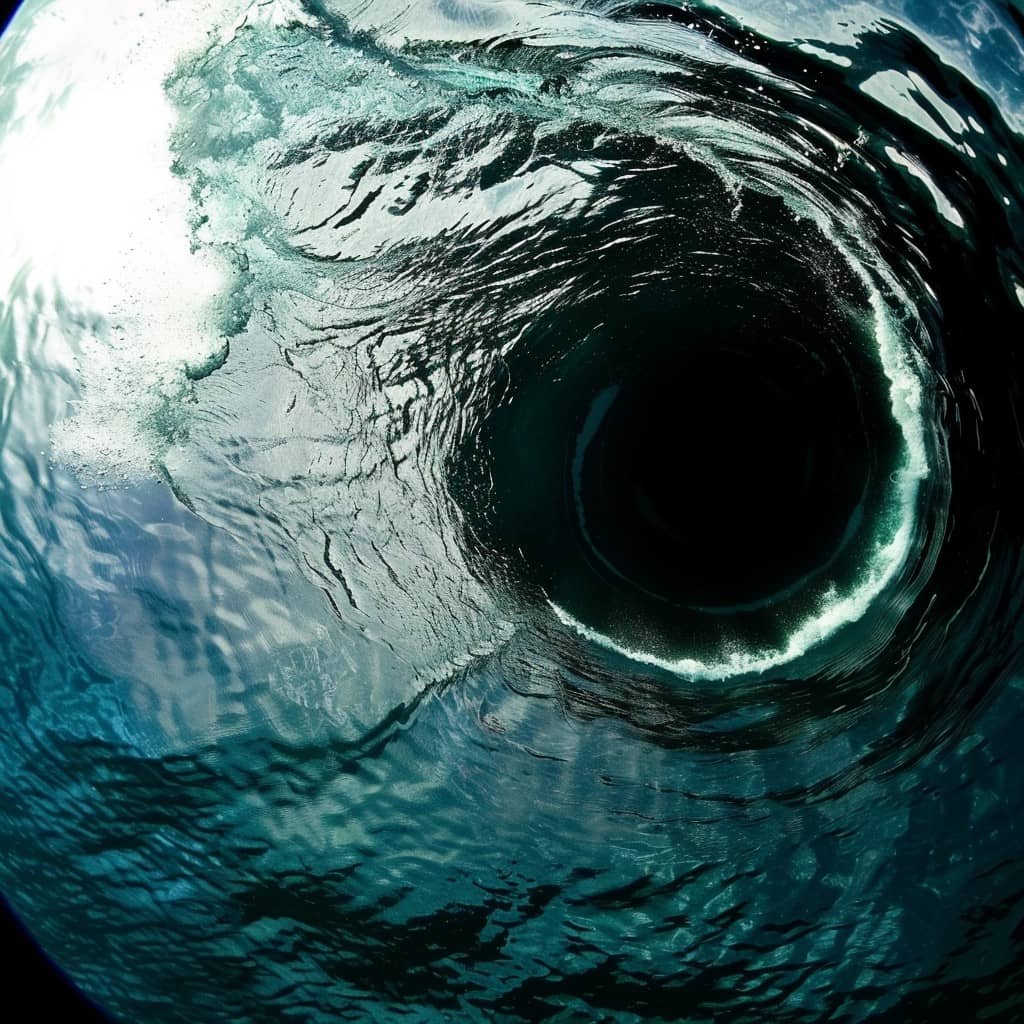
New research suggests that Mars' gravitational influence on Earth could cause huge vortices in the deepest parts of the oceans, eroding the seabed.
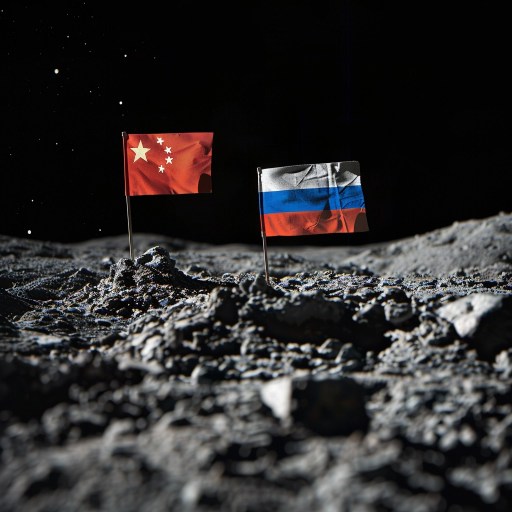
Roscosmos and CNSA intend to build the lunar nuclear reactor without the presence of humans, with "almost ready" technological solutions. Already. Almost.

The multiverse is a fascinating and debated possibility among physicists, with all its questions about the nature of reality. Here is an overview of current theories.
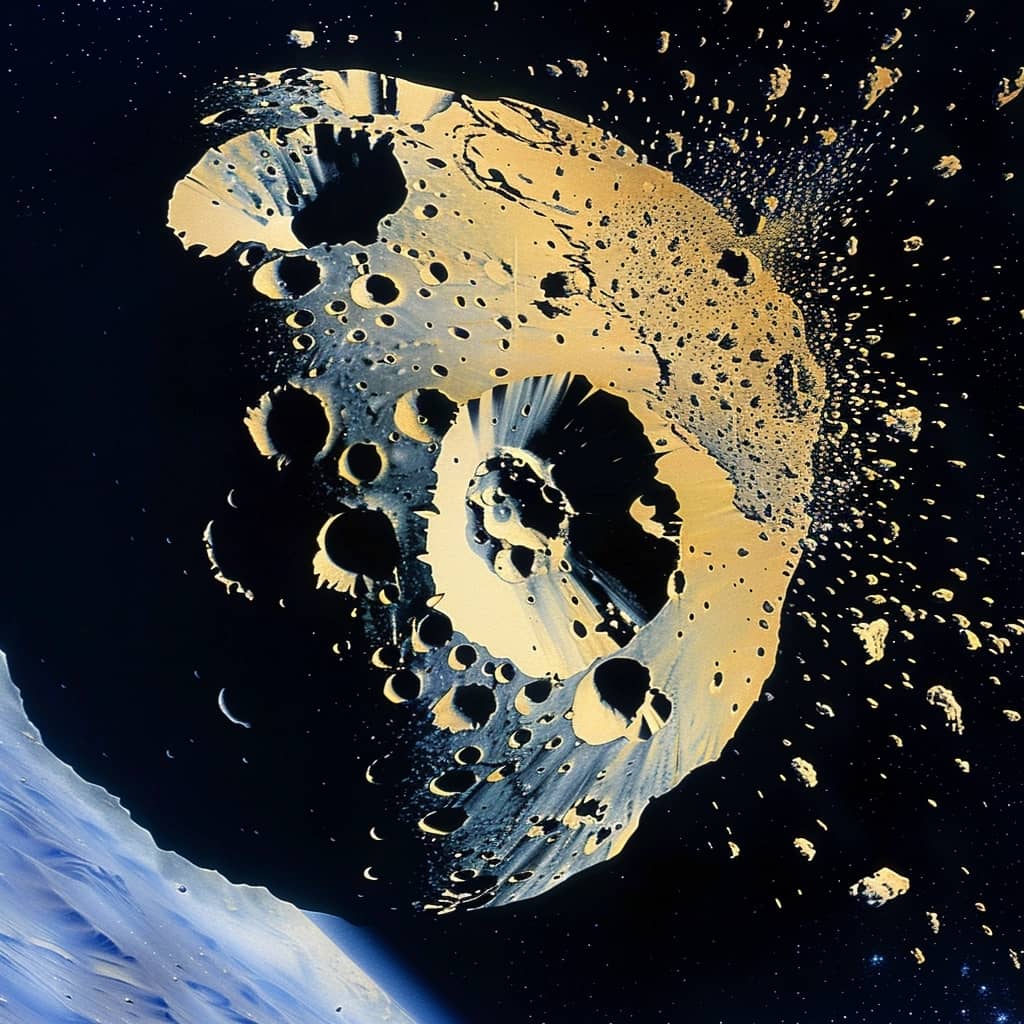
Recent studies suggest that Dimorphos, hit by NASA's DART probe, is 'healing', and changing its shape and surface.

J0529-4351 may munch on our Sun like a peanut, but from its distance it does something better: it gives us a unique look at the young universe.
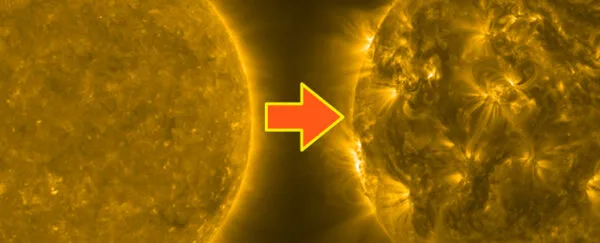
New ESA images show how solar activity has significantly increased between 2021 and 2023: the peak is approaching.

Intuitive Machines confirms the landing of its Odysseus lander, marking a historic US return to the moon.
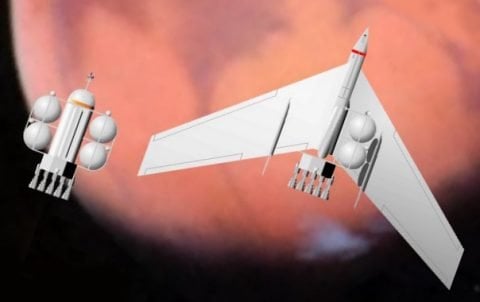
Von Braun's Martian landers promised to transform space exploration. But would they have been effective in the thin atmosphere of Mars?
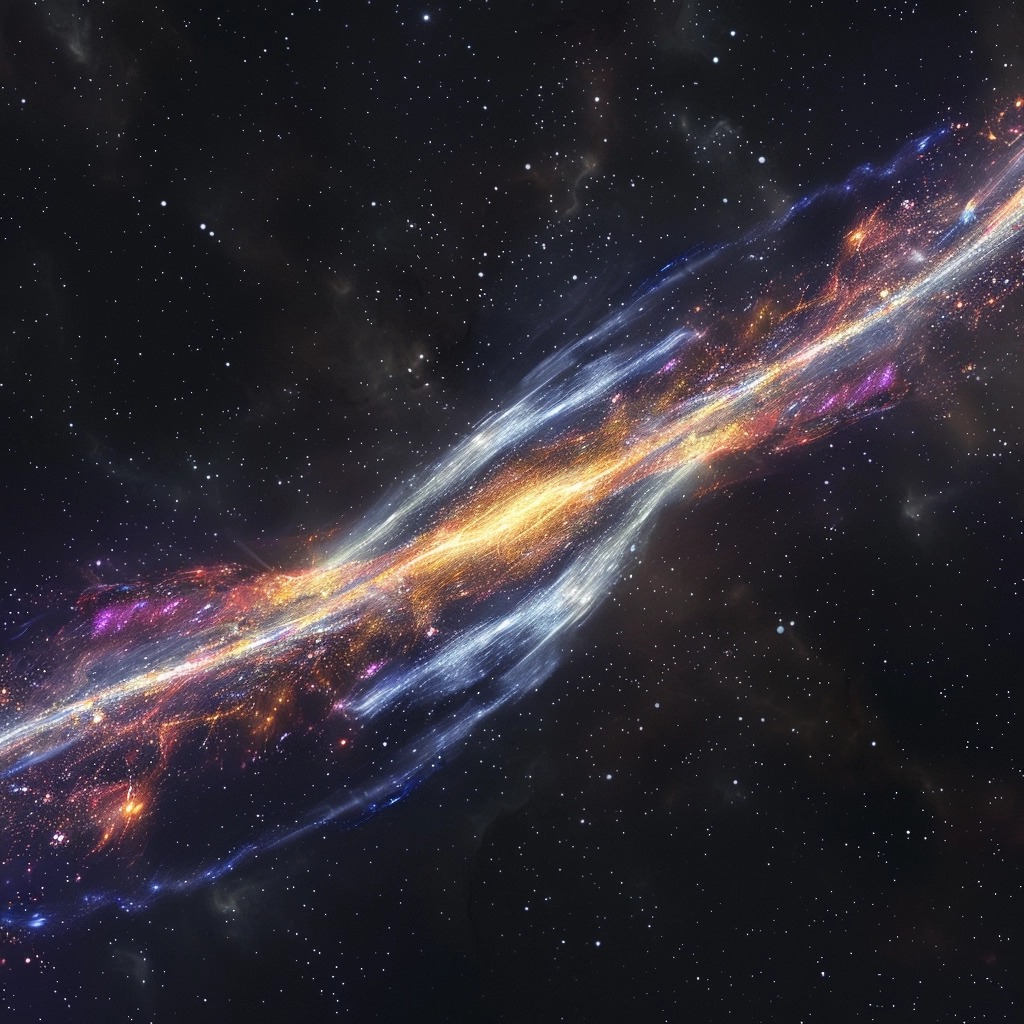
The Radcliffe Wave, a giant stream of gas that "gives birth" to stars, undulates near the Solar System. Why?

Here's how NASA is working to predict and prevent the impact of an asteroid similar to the one that extinguished the dinosaurs.
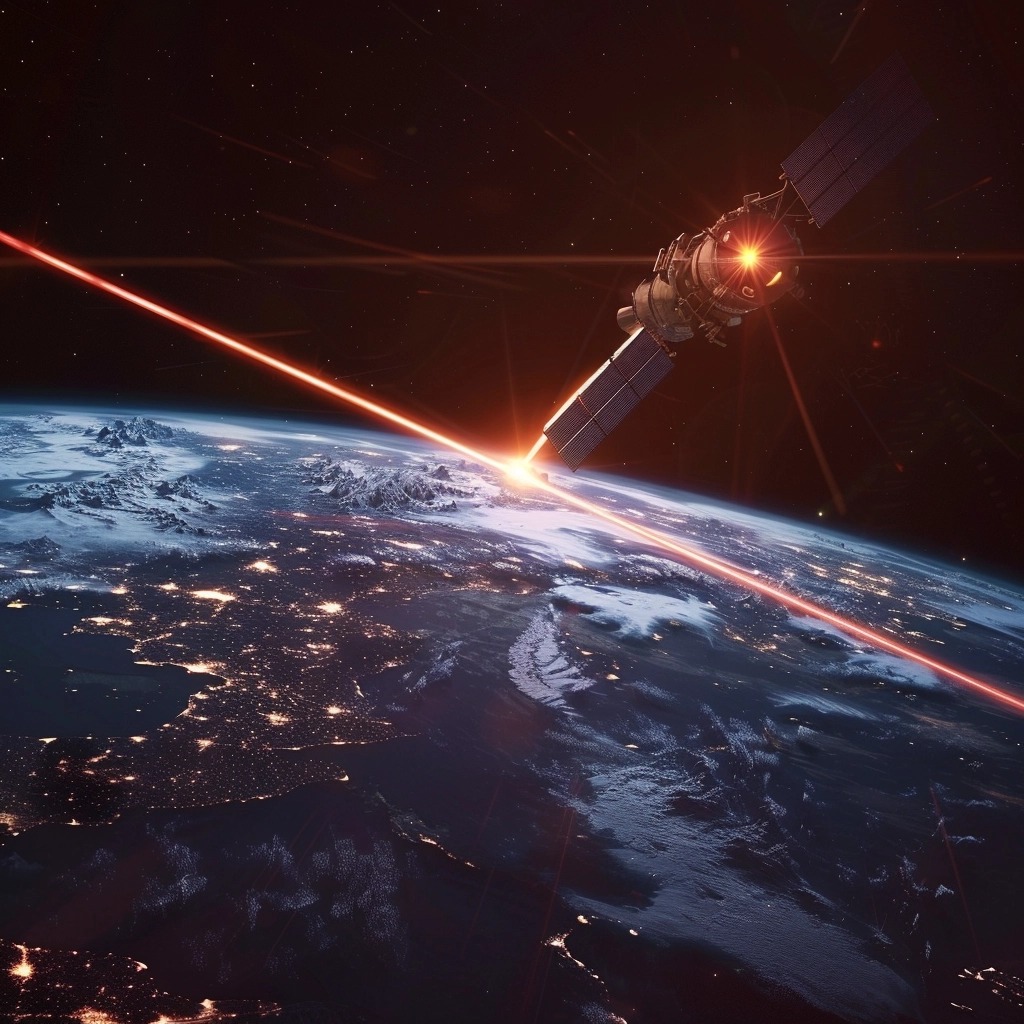
Russian space threat revealed: anti-satellite capability under development, with no immediate security threat according to the White House.